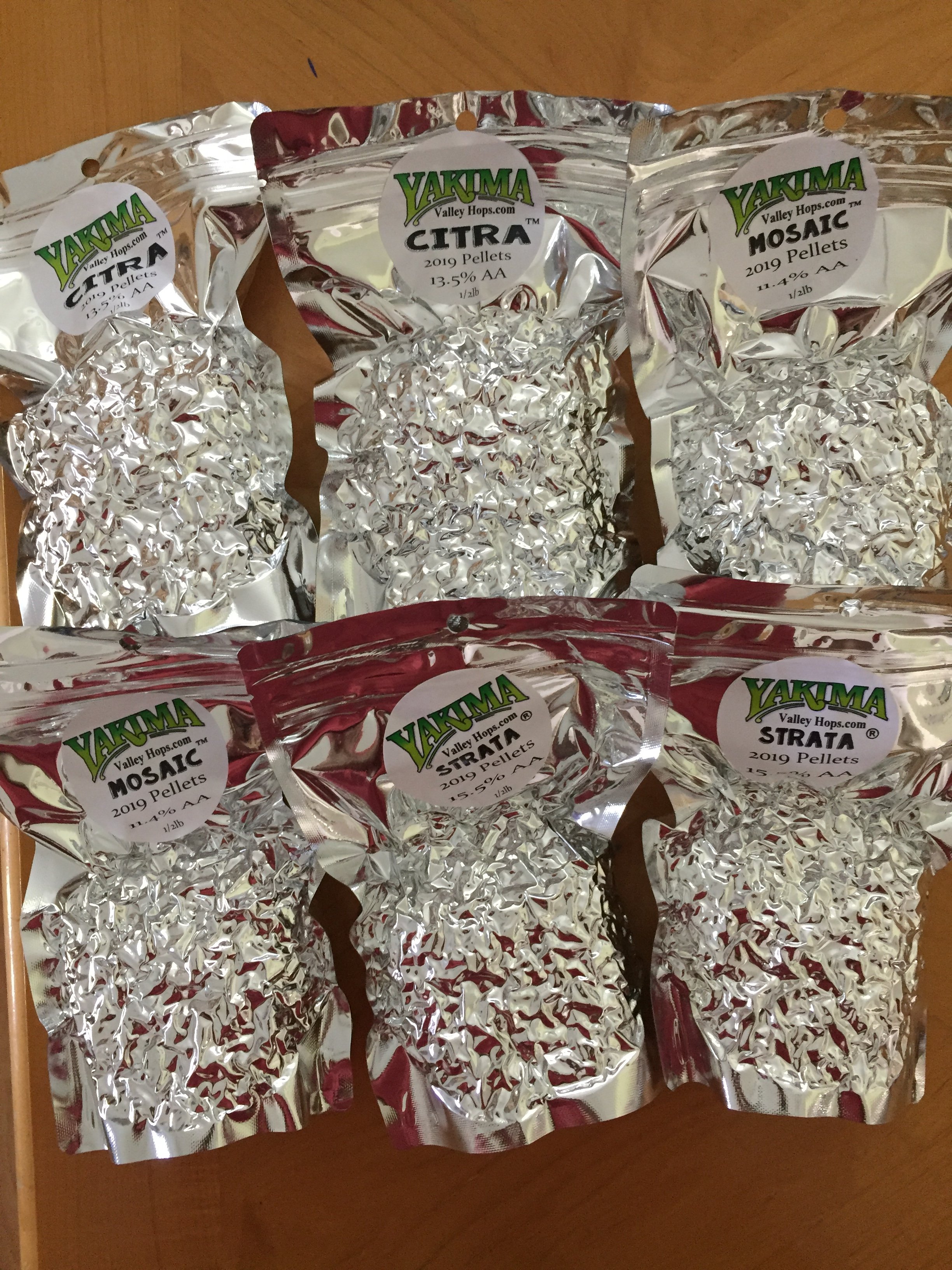If you drop the yeast traditional spunding will not work, you’d have to add addition wort or sugar to do that. If you plan to prime the keg then yes, there should still be enough yeast in suspension to carbonate the beer. You could always pitch some CBC-1 with the priming solution.
That’s being said, when flavors and aroma are muted even after conditioning time, the first culprit to me is always oxidation. I force carb 98% of my NEIPAS with aggregation, literally fully carbing beers and drinking them 7 mins after they come out of the fv. Never had an issue of my aromas or flavors being muted.
If you type out your full process it will be easier for people to help see what the issue could be.
Totally makes sense, which is what I thought too. So i posted this on reddit and got a lot of replies also suggesting oxidation, which I also suspect, but at this point I have no idea where...which is why i was considering spunding. I would SUPER DUPER appreciate any advice here. I'd love to do a hoppy beer...any kind, west coast ipa, pale ale, neipa, whatever that I can just have a nice hop aroma. I have fermenting kegs, carboys, brewbucket, etc. Open to try any specific process in terms of dry hopping, carbonating, etc.
Post below...
I'm pretty frustrated as I write this. I've been brewing for about 2.5 years now (as much as having a toddler and a baby allows) and am totally lost. Why the hell do all my NEIPAs taste the same? I have tried every suggestion, every process tweak, and I still get a dull, un-aromatic, slightly bitter "meh" beer. My friends like them, they are drinkable for sure, but I'm totally unimpressed. Here's in no order a list of random crap I have tried to tweak in hopes of making something I'm proud of:
Fermenter: Started with carboy, moved onto Fermonster, moved onto Brewbucket, finally landed on kegs with floating dip tubes so I can serve from same vessel with minimal oxygen exposure. Also spunding valve to dry hop under pressure.
Hops: different vendors, opened hops, brand new hops, vacuum sealed hops
Grist: every vendor you can think of
Yeast: various strains. Building starters and pitching appropriate amounts. Oxygenating. Fermentation usually kicks off within 6 hours.
PH: dialed in. tried lactic and phosphoric acids:
Water: using RO and adding minerals back in. Using recommended water profiles for the style.
Hot side: Robobrew which i hate and a good old propane kettle. Short boils, extra long boils. Adding hops at flame out, adding hops at 160-190F. Chill wort down quickly with Jaded Hydra.
Dry hopping: mid fermention, tail end of fermentation, post fermention, keg hopping, dry hopping with CO2 blasting to reduce oxidation, loose dry hopping, dry hopping in mesh cylinders.
Serving: never bottled, kegging and force carbonating, burst carbonating, 2-week carbonating, always at good temperature with a picnic tap.
Fermentation: always temp controlled, always given plenty of time for D-rest
Mash temps: usually 150-155
Batch sizes: 3-5 gallons. Heard too much headspace good be problematic.
Oxidation mitigation: closed transfers, purged kegs, purged lines, and finally just serving from fermentation keg with floating dip tube that was dry hopped at tail end of fermentation.
Milling: coarse and pulverized
Ugh. Super frustrated. I see here on reddit and Instagram people posting their brews that they ferment in simple carboys and discuss how one they can pick out one hop from another. I have what I think a really good process and understanding of what I'm doing, but I cannot pick out ****. Just tastes and smells like beer with "some hop taste" and little to no aroma of just "hop smell." I've tried various recipes, but all seem to be the same.
Can anyone think of what I should try next? What experiment should I attempt? What's a sure-fire recipe that I can try? Is it just not possible to make something remotely comparable to a commercial example? I can absolutely pick out ****** NEIPAs from the amazing ones. I've been lucky enough to try some of the world's best after a month long road trip across New England with my family. Am I just borked? Help me friends, you are my only hope.











![Craft A Brew - Safale S-04 Dry Yeast - Fermentis - English Ale Dry Yeast - For English and American Ales and Hard Apple Ciders - Ingredients for Home Brewing - Beer Making Supplies - [1 Pack]](https://m.media-amazon.com/images/I/41fVGNh6JfL._SL500_.jpg)

















































